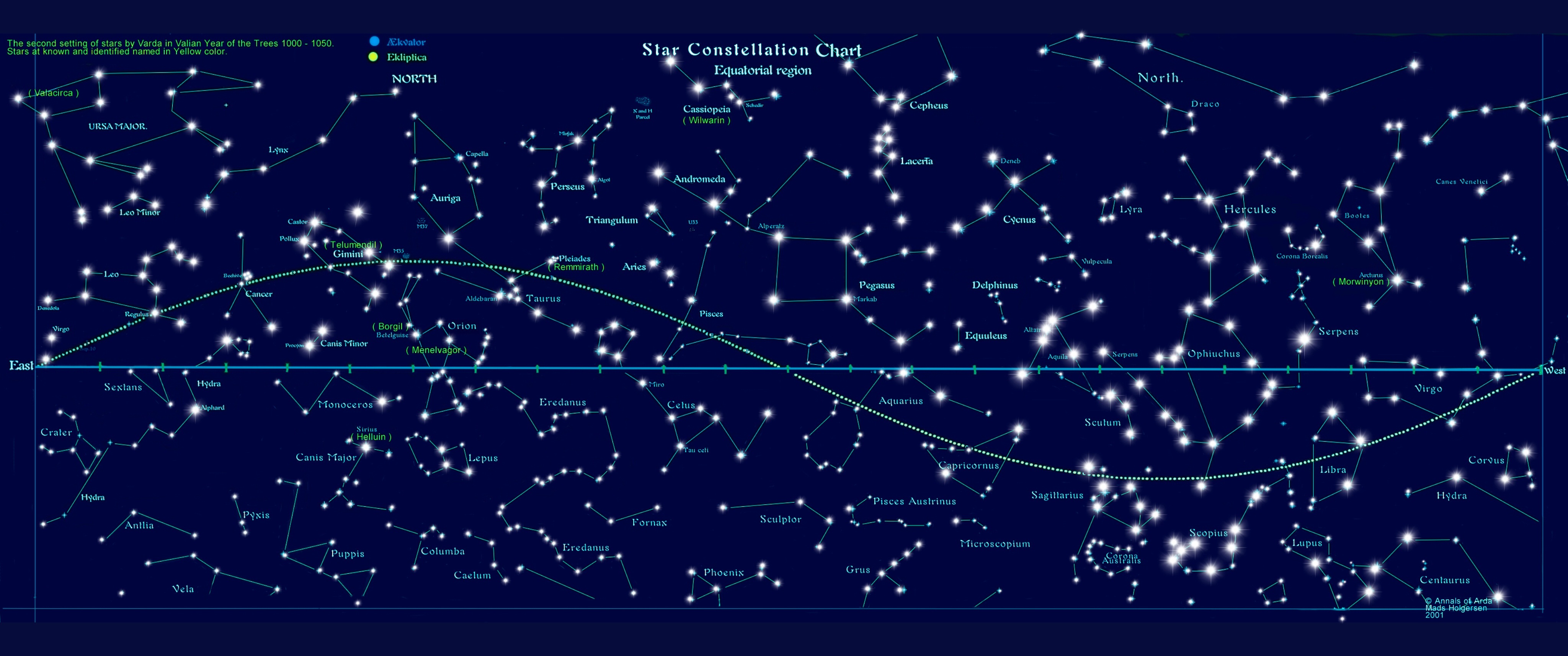23.HOW MANY MOONS HAS JUPITER?
Now that we are all reading about satellites and travel to outer space, a great deaf of curiosity has been aroused about the other planets ~ our solar system. With the possible exception of Mars, the most interesting one to us is probably Jupiter.
To begin with. Jupiter is really like a miniature solar system in itself! At present, no less than sixteen satellites, or moons, have been discovered revolving around Jupiter. Four of these are approximately the size of our own moon. Two of them are only about 30 miles in diameter, and some of them are real midgets. They are 15 miles in diameter or less!
Jupiter is the largest of all the planets with a volume more than 1,300 times that of the earth. When you look at it with the naked eye, it appears as a brilliant and beautiful spectacle. Yet it is 367,000,000 miles from the earth at its nearest approach!
Astronomers find a constantly changing “show” when they look at Jupiter through a telescope. It has dark streaks, or belts, separated by bright spaces called zones. The belts don’t keep their shape, but often break up into irregular markings of all kinds. The zones change, too, from time to time, with dark spots and bright white areas suddenly appearing. Sometimes a belt, or part of a belt, will disappear for a few weeks altogether. Astronomers believe that what we see as belts, or zones, are a shell of clouds or vapors which are often in a disturbed condition.
One of the strange things about Jupiter is that it often displays striking colors on its surface. Two of the belts change from very red to brown, grey, or even a bluish color. It is thought that this has something to do with Jupiter’s revolution about the sun. This takes 12 years, and the changes in color seem to follow a cycle that repeats itself every 12 years.
Probably the most interesting and curious thing that has been noticed about Jupiter is its great red spot. It is about 30,000 miles long and about 8,000 miles wide. It varies greatly in color, form, intensity, and motion. In fact, in some years it is brick red, in other years it is grey, and sometimes it seems to disappear altogether. Not only that, but this mysterious red spot actually seems to move about on Jupiter, as if it were drifting.
22. HOW MANY CONSTELLATIONS ARE THERE?
When you look up at the stars, does it sometimes seem to you that you can trace out squares, letters, and other familiar figures? In nearly all parts of the world, people of long ago Aid this, too. As they observed groups of stars, they gave them names.
It is not always easy to make out in the sky the figures that suggested the names. So don’t expect the constellations to actually have the outlines that the names suggest.
The Greek astronomers listed 48 constellations, and 40 more have been named since their time, so that we have constellations the sky.
Of course, not all of the constellations can be seen from any one place on earth. Some are in the skies of the Southern Hemisphere; some can be seen only south of the equator.
As the earth travels around the sun, new star groups appear above the horizon. The circumpolar constellations, which seem to wheel around the North Star, stay in sight act year. In addition, there are constellations that appear only in the winter, spring, summer, or autumn.
21.How Lightning is created?
How lightning forms has never been verified and so there is room for debate. Leading theories focus around separation of electric charge and generation of an electric field within a thunderstorm. Recent studies also indicate that ice, hail, and semi-frozen water drops known as graupel are essential to lightning development. Storms that fail to produce large quantities of ice usually fail to produce lightning.
Forecasting when and where lightning will strike is not yet possible and most likely never will be. But by educating yourself about lightning and learning some basic safety rules, you, your family, and your friends can avoid needless exposure to the dangers of one of the most capricious and unpredictable forces of nature.




